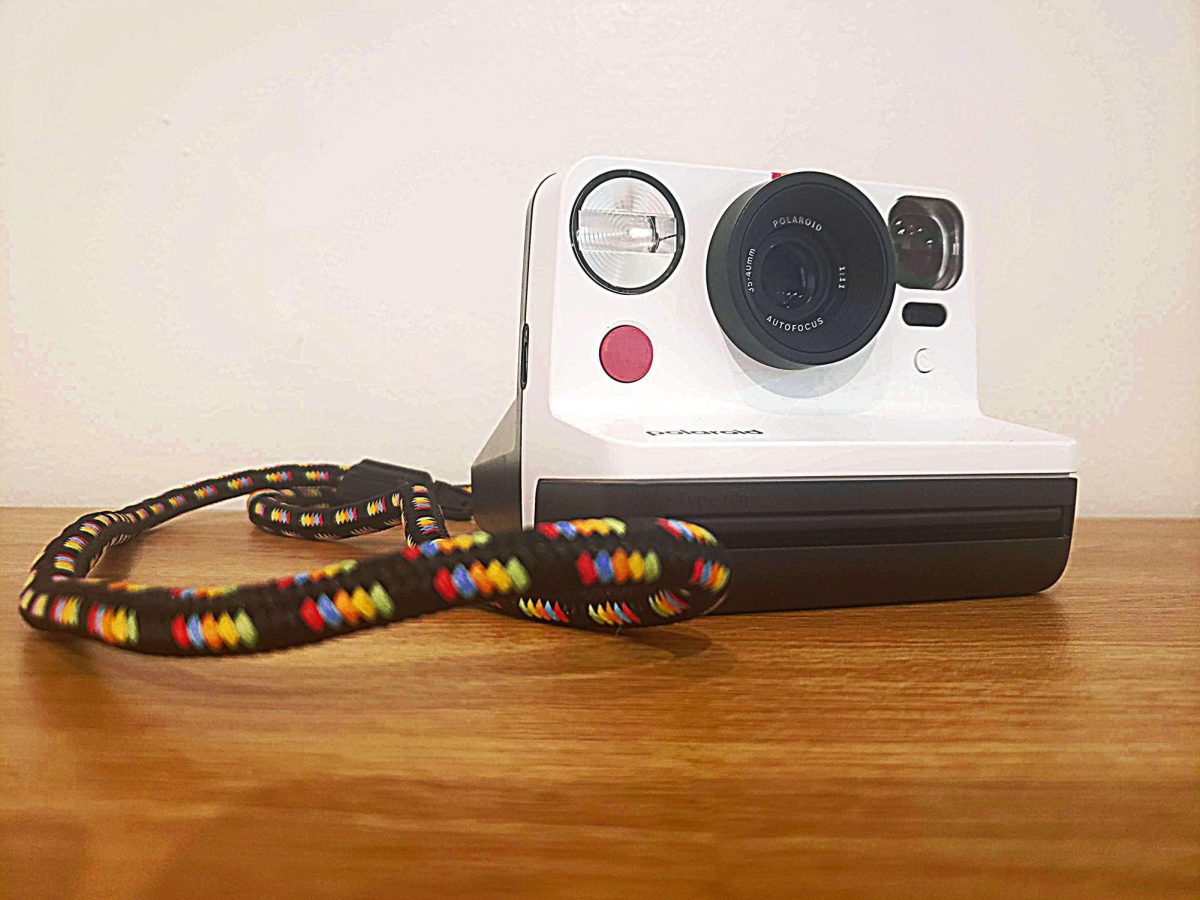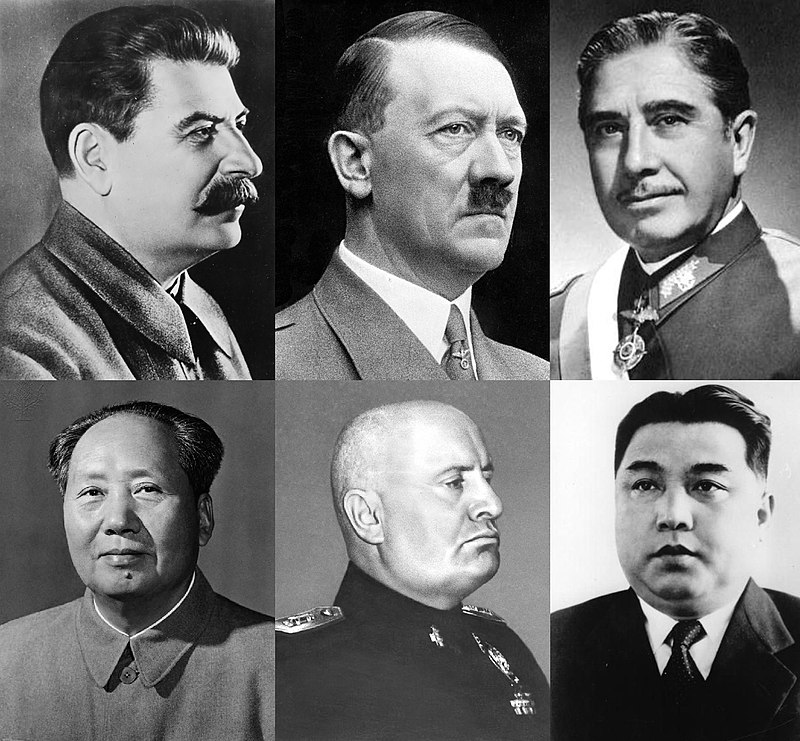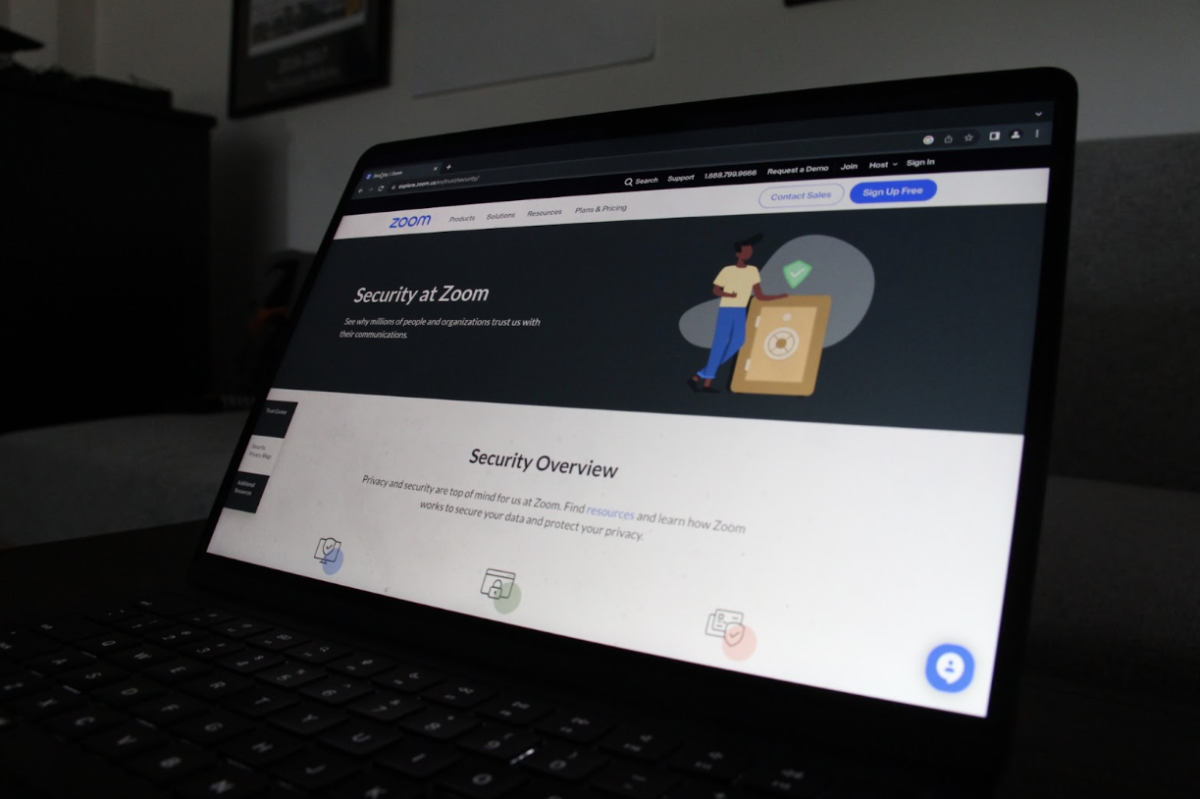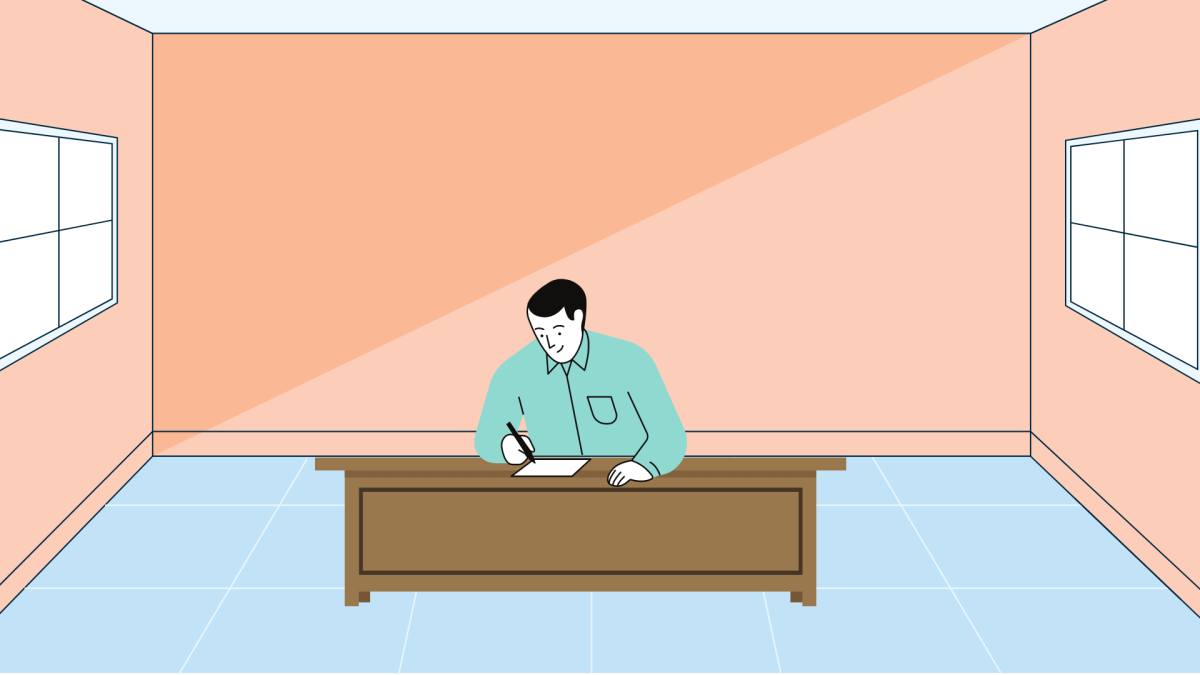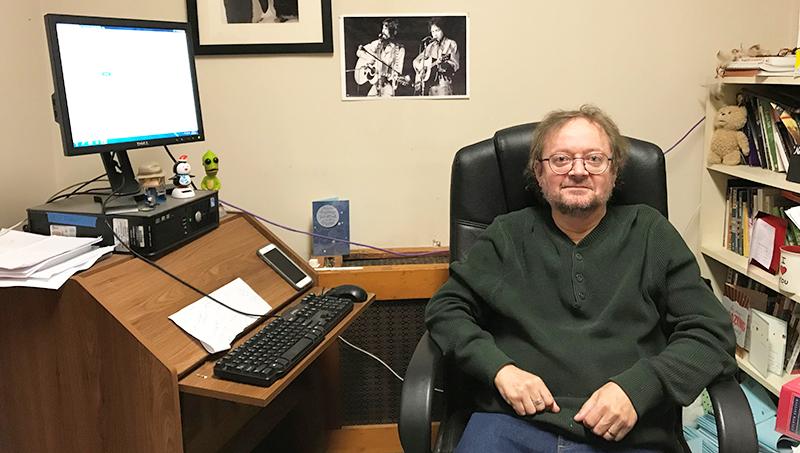Job updates, life advice and anecdotes from the professional world are some of the most common things that one finds on the popular social media website LinkedIn.The website acts as a living resume, where users are able to announce new job positions and share updates related to their professional lives.
LinkedIn, owned by Microsoft, has more than 810 million members in more than 200 countries and territories across the globe, and is now the most widely-used professional networking site in the world.
Although some users try to defy this notion, most users on the app put on a well-crafted façade to appease their current or potential employers. As many job applications are through LinkedIn, people have to be careful of every interaction they make on the app. Essentially, the networking site has been a vessel through which capitalism is able to capture and sustain the attention of people across the globe, keeping them talking and engaging with each other about productivity, the office and other matters related to professional life.
Although LinkedIn is certainly a major advancement in professional networking, it is clear that underneath the surface, none of the interactions it fosters are real; rather, most users carefully select each word that they write on the app so as to not to appear “unprofessional.”
It has been well-documented since the advent of the internet that social media has a profound influence on users’ attention spans, and that large social media companies use that to their advantage to keep as many users on websites and apps as possible.
According to a journal article published in 2019 in the journal World Psychiatry, “smartphones have introduced widespread and habitual ‘checking’ behaviours, characterized by quick but frequent inspections of the device for incoming information… potentially engaging the cortico-striatal dopaminergic system due to their readily available nature.”
This means that despite LinkedIn’s more formal nature, it is still modeled after any other social media app. In fact, the networking application takes on an interface quite similar to Facebook’s, where users can “react” or comment on each other’s posts. Because LinkedIn takes on this nature, it is designed in a similar way that other social media apps are designed–to keep people using them for as long as possible.
This motive to keep people using the app for as long as possible doesn’t just serve mere profit-related goals of LinkedIn and Microsoft, but it also serves broader goals of the capitalist agenda, in which workers are constantly engaging with their work life, and how “excited” they are about their new positions.
As an avid user of LinkedIn, I admit that this article is quite hypocritical; however, I find it important to mention the way the app has become a necessary step in the path to success. The first time I was introduced to LinkedIn was during one of my classes in my freshman year of college. As an assignment, the class was told to create LinkedIn accounts, and to add each other as connections on the app.
This activity was framed in a broader discussion about how LinkedIn is necessary for the professional world, and that creating these internet connections will be a crucial sign to potential employers that we will be prime employees. To the credit of my instructor, this notion isn’t wrong; LinkedIn has become a necessary asset for many successful people. But the fact that LinkedIn has proved to be so necessary shows the way that capitalism has prevailed in permeating our own personal lives.
Increasingly, whether I receive notifications about job updates from my connections, or LinkedIn’s top 10 tips for productivity, I find myself opening the app more and more every day, and updating my “network” more frequently.
To give some context to this point, I am not arguing that anybody should delete LinkedIn, especially as it has become so crucial in professional networking. However, we should all be cognizant of how much time we spend engaging with the app and discussing professional matters on our own personal time. While professional networking is important, so is establishing a clear line between professional and personal lives.
As more of our interactions become virtual, and as more employees are working remotely, this line that divides our personal and work lives is becoming blurred. It isn’t uncommon for many to receive work emails and texts (that they’re expected to reply to), well-beyond work hours.
With this being said, LinkedIn is acting in a similar manner, stealing our attention and free time so that we devote it to work-related matters. If we proceed down the path we are on now, there will never be a time in our lives that isn’t devoted to work and professional lives; we will constantly be engaging with our co-workers, bosses and employers through social media while also being expected to respond to other communications from them.











